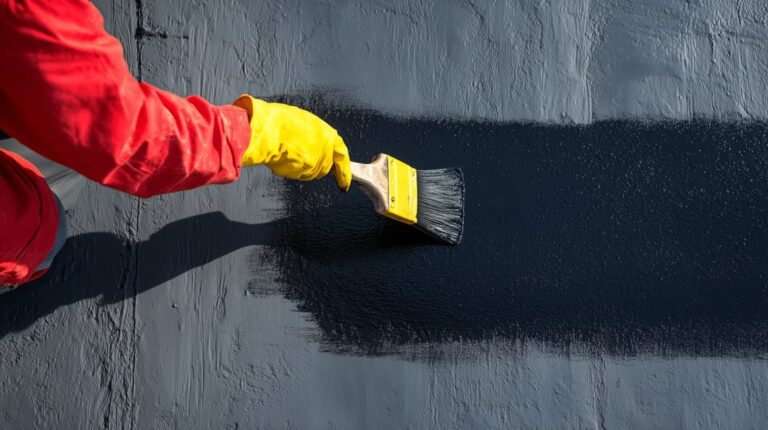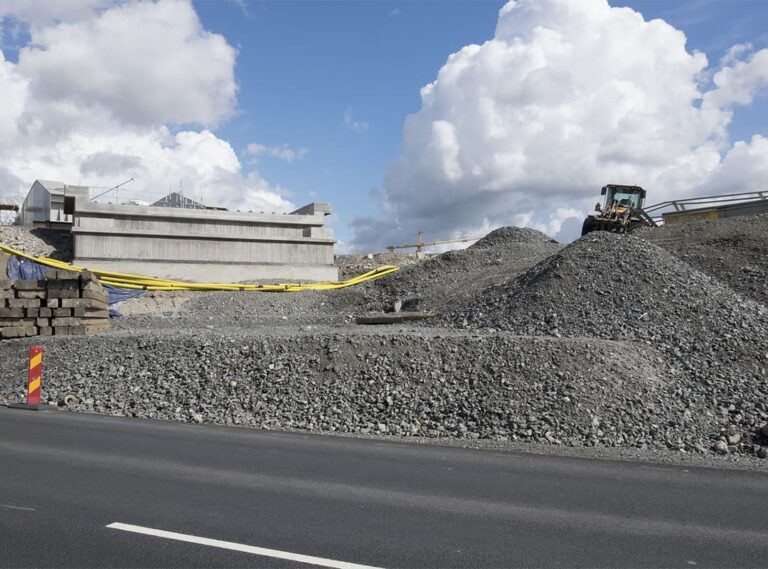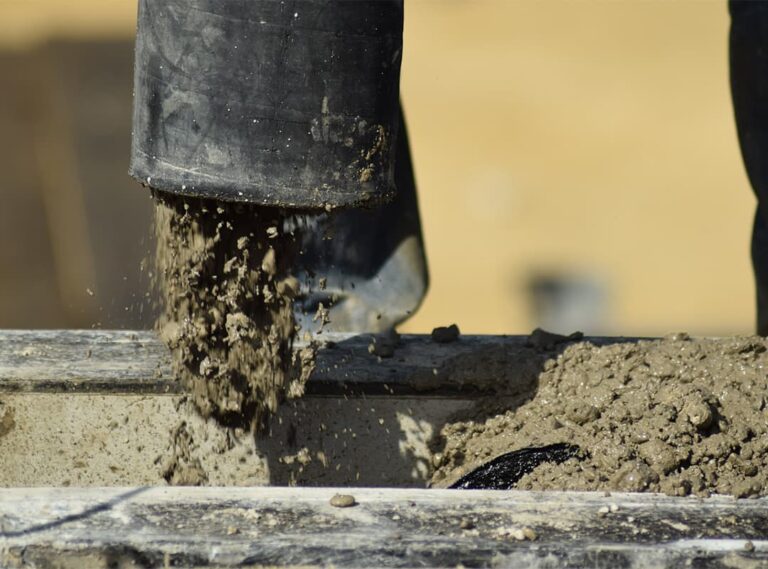Winter concreting, which is carried out at sub-zero temperatures, presents certain challenges due to the possible freezing of water in the mortar, which can slow down the process of cement hydration. Various techniques are used to ensure successful concreting in winter:
Covering with PVC sheeting: provides additional insulation and protection from low temperatures. This method is effective at moderate frosts.
Heat guns: are installed to maintain heat at the construction site. are used to create a thermal “tent” using polyethylene over the poured concrete surface. This allows concrete to harden quickly even at extreme low temperatures (concrete will set in 1-2 days).
Anti-freeze fillers: added to the concrete mix to prevent water in the mortar from freezing. They are used in frost and winter concrete.
Paving concrete in winter
Paving concrete in winter requires additional steps to preserve its qualities
To prepare concrete mix in winter conditions and preserve its qualities, the following recommendations should be considered:
- Heating of aggregates and water: this is achieved by heating the aggregates to 60°C and the water to 90°C. The cement is not heated, which ensures a final mix temperature of about 35-40°C.
- Filling the mixer drum with water: the drum is first filled with water and then the mix is added, ensuring more even heat distribution.
- Extending the mixing time: extending the mixing time by 1.2-1.5 times contributes to more efficient uniform heating.
- Transportation in insulated closed containers: to prevent cooling of the prepared mortar during transportation.
The base on which the concrete will be placed is heated to positive temperatures and thoroughly cleaned of ice and snow. The reinforcement may also need to be heated if its temperature is below 10°C. The concreting process is carried out at a rapid pace so that each previous layer of concrete has time to set before the temperature inside drops significantly.
Many builders wonder at what temperature concrete can be poured in winter and our experts have the answer: winter concrete can be poured at temperatures from +5°C to 0°C, frosty M5 – from 0°C to -5°C and frosty M10,15 – from -10°C to -15°C. That is, depending on the temperature regime, you can lay concrete from 0 to -15 ° C, the main thing is to choose the right material.
Temperature during concreting in winter
The use of electric heating of concrete is usually justified on large construction projects with powerful transformers. However, its cost makes it ineffective for private buildings in the current state of domestic power grids.
The most reasonable and affordable method to protect concrete from freezing is its covering, which is effective in the temperature range from +3 to -3 °C. Simple covering of concrete with polyvinylchloride film or other heat-insulating material allows preserving the heat released by cement when it interacts with water. Creating an artificial greenhouse effect also provides good results, but requires immediate covering of the fresh construction. However, covering is effective only in certain temperature conditions, and with a sharp drop in temperature to -5 or -15 ° C, becomes impractical, requiring the transition to the use of gas or electric heat guns.
When heating with heat guns, it is also necessary to use PVC film or other insulation for temporary shelter, providing sufficient conditions for rapid achievement of concrete strength within 3 days.








